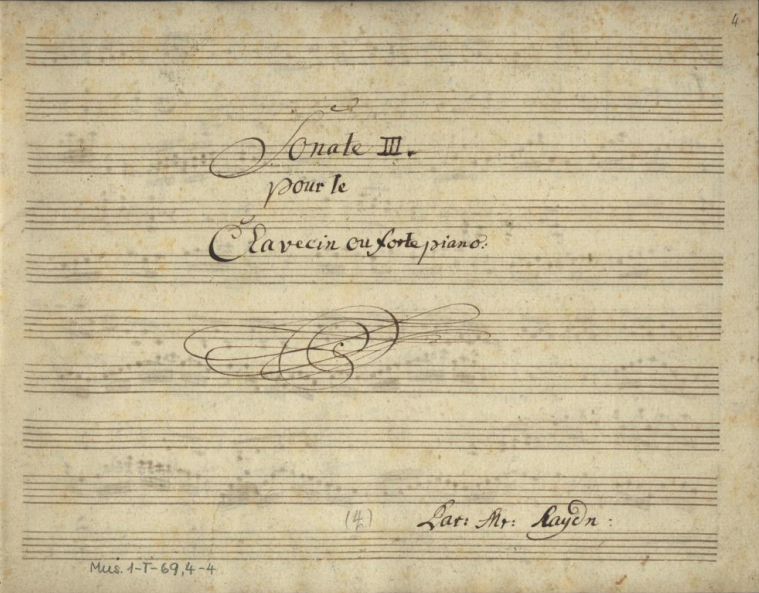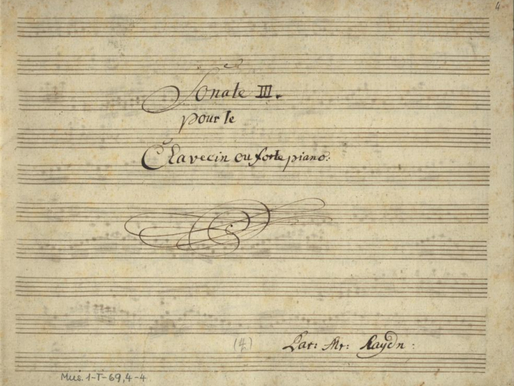Music Theory Resoucers, Uncategorized
Haydn Sonatas – Transition in general
Haydn Sonatas – Transition in general
From all piano sonata sections, the transition is by far the least defined of them. Some musicians say the transitions are the truly creative functions of the sonata form; some others say the exact opposite -that they are the most technical of all sonata functions-. The position we adopt will depend on whether we consider compositional resources as means to create something new or to develop something we already created.

The main purpose of transitions is to destabilize the structure of a theme in order to prepare the stage for the entrance of the subordinate theme. There are three types of transition: Modulating, non-modulating and two-part transition. The most common ones are used to smoothly modulate to the dominant key, point of departure for the subordinate theme.
Transitions can start by showcasing new material, reinstating material from the main theme, portraying a false closing section or by immediately shifting to a non-tonic section. In general, transitions acquire a looser formal organization. This can happen by means of
• Extending a continuation function
• Expanding a cadential function
• Omitting an initiating function
• Grouping structures in an asymmetrical manner
• Using Modal shift
• Tonicizating remote regions
• Using non-conventional formal structures
It is common to find both a “standing on the dominant “ and/or a medial caesura by the end of a transition and before the entrance of the subordinate theme. Transitions feature two main characteristics: 1. they don’t often contain material which we could consider toneful and 2. they normally are the first place where we can find pattern accompaniments. In general transitions are those sections when the movement seems to be moving forward.
There are two main boundary processes that help delimiting the ending of the transition and the beginning of the subordinate theme. The “accompanimental overlap” -the first one of them- occurs when the accompaniment figuration of the subordinate theme begins at the transition’s cadential point. The elision, happens when the ending of one idea corresponds to the beginning of the next one.
Haydn Sonatas – Transition in general
#Haydnproject #HaydnProject #pianolessonsforadults #Caplin

